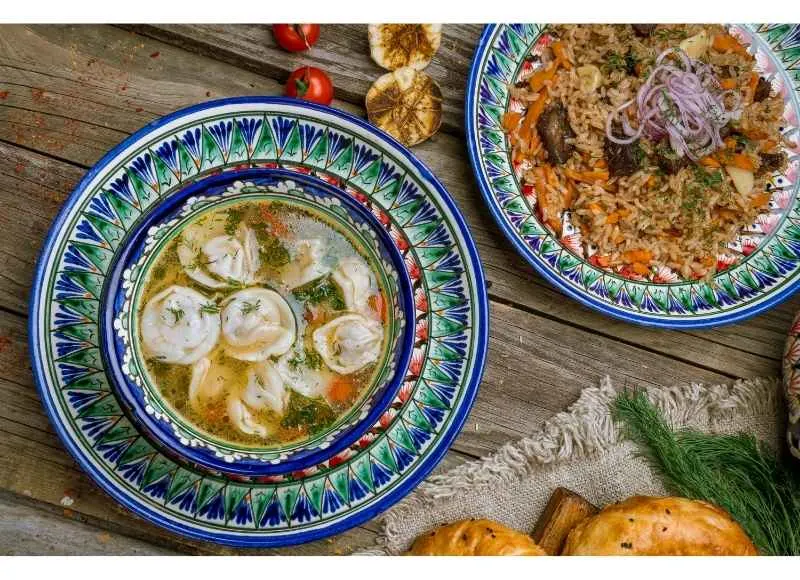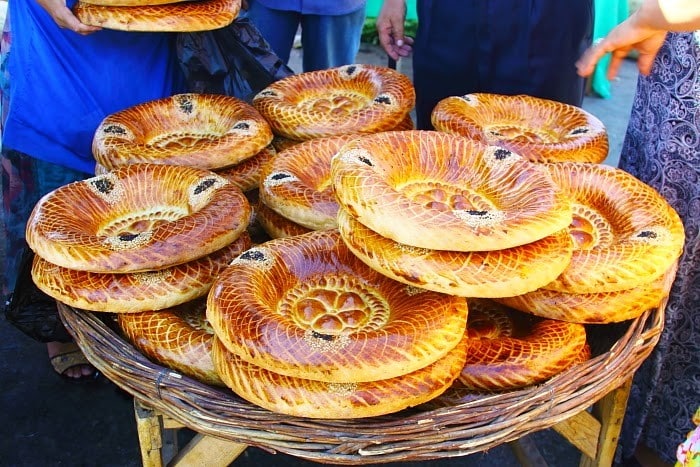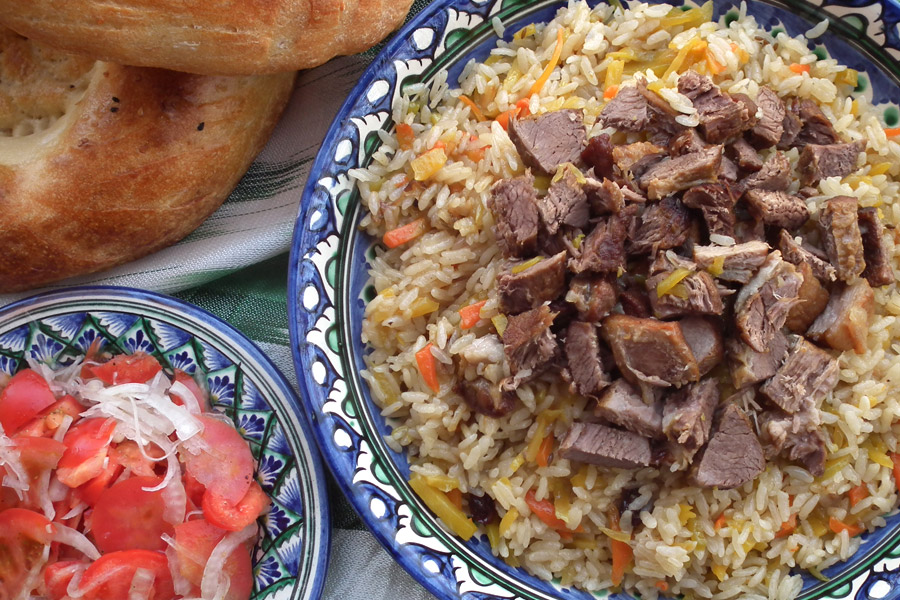Introduction: Tajik Cuisine
Tajik cuisine is an important component of Central Asian cuisine, which is known for its unique flavors and aromas. It is heavily influenced by Persian and Russian cuisines and is characterized by the use of rice, meat, vegetables, and spices. Tajik cuisine includes a wide variety of dishes, ranging from hearty soups to mouth-watering kebabs.
Uzbek Influence on Tajik Cuisine
Uzbek cuisine has had a significant impact on Tajik cuisine, given the close cultural and historical ties between the two countries. Many Tajik dishes are influenced by Uzbek cuisine, with a focus on meat dishes and hearty soups. For instance, shurbo, a popular Tajik soup, is similar to Uzbek shurpa and often includes lamb or beef, vegetables, and spices.
Kyrgyz Influence on Tajik Cuisine
Like Uzbek cuisine, Kyrgyz cuisine has also influenced Tajik cuisine. Kyrgyz dishes tend to be more rustic and simpler, with a strong emphasis on meat and dairy products. Many Tajik dishes, such as lagman, a type of noodle soup, have been influenced by Kyrgyz cuisine and often include lamb or beef, potatoes, onions, and carrots.
Shared Dishes among Tajik, Uzbek, and Kyrgyz Cuisines
There are several dishes that are shared among Tajik, Uzbek, and Kyrgyz cuisines, reflecting the common cultural and historical heritage of the region. For instance, plov, a rice dish cooked with meat and vegetables, is a staple of all three cuisines. Another shared dish is manty, a type of steamed dumpling filled with meat and vegetables.
Unique Tajik Dishes with Uzbek and Kyrgyz Influences
Tajik cuisine also has several unique dishes that incorporate influences from Uzbek and Kyrgyz cuisines. For example, chuchvara, a type of meat-filled dumpling similar to Uzbek manti, is a popular dish in Tajikistan. Another popular dish is osh, a type of pilaf that is similar to Uzbek plov but is typically served with a spicy tomato sauce.
Conclusion: Tajik Cuisine and its Regional Influences
In conclusion, Tajik cuisine is heavily influenced by both Uzbek and Kyrgyz cuisines, reflecting the common cultural and historical heritage of the region. While there are several shared dishes, Tajik cuisine also has several unique dishes that incorporate influences from Uzbek and Kyrgyz cuisines. Overall, Tajik cuisine has a rich and diverse culinary tradition that is worth exploring.








![Can you recommend a good Uzbek restaurant in [specific location]?](https://foodnerdy.com/blog/wp-content/uploads/2023/05/10-21-768x512.jpg)

